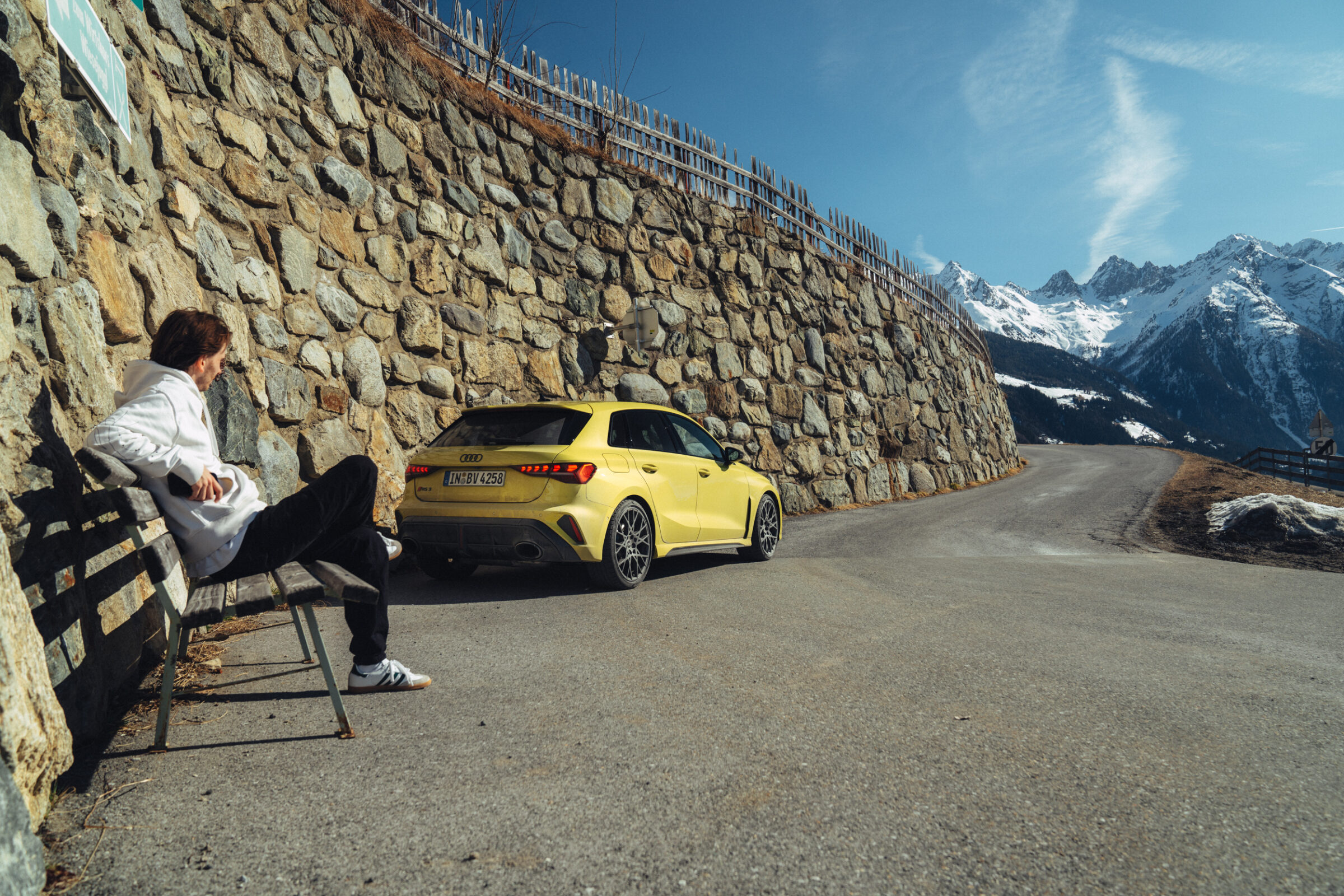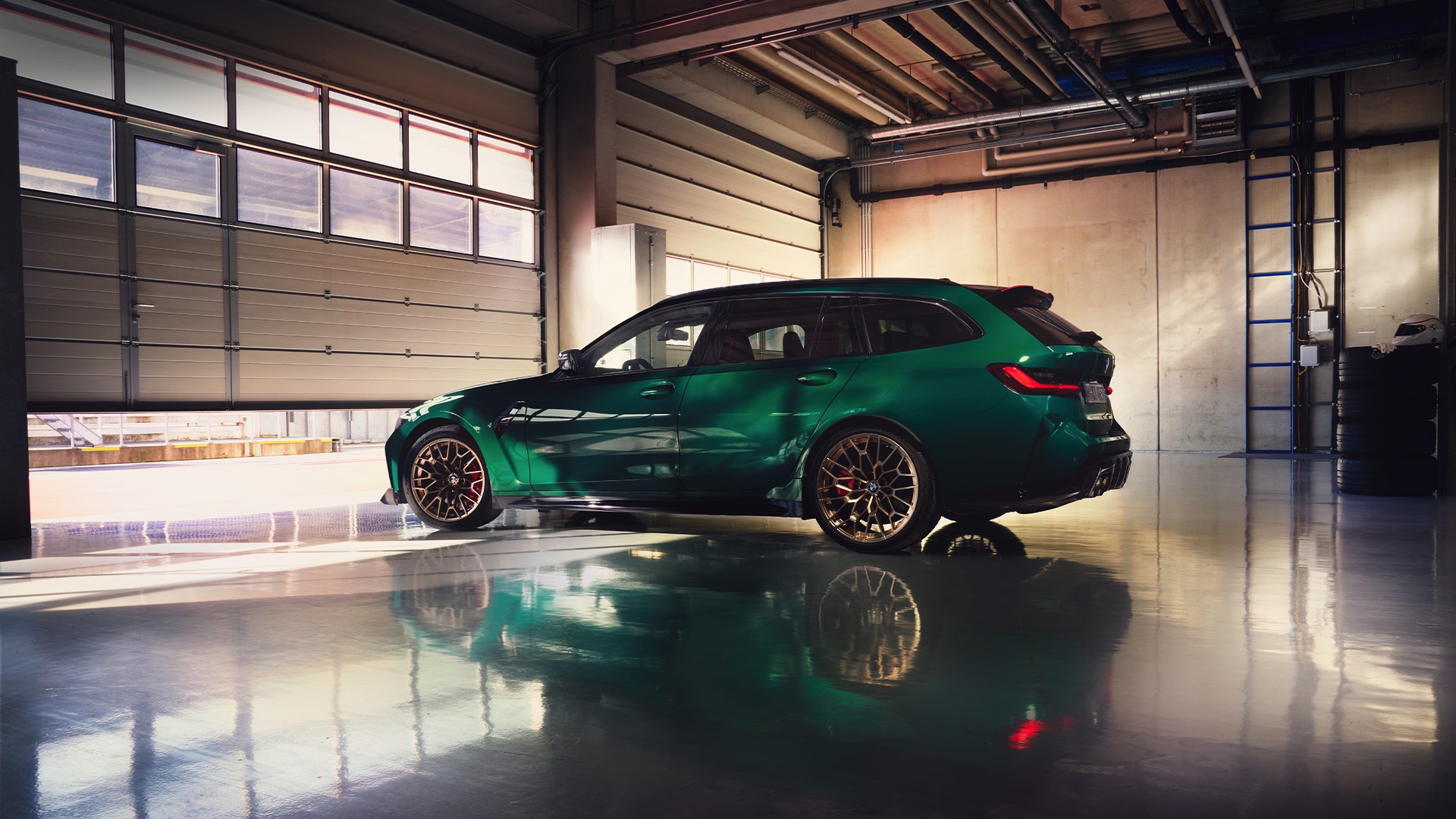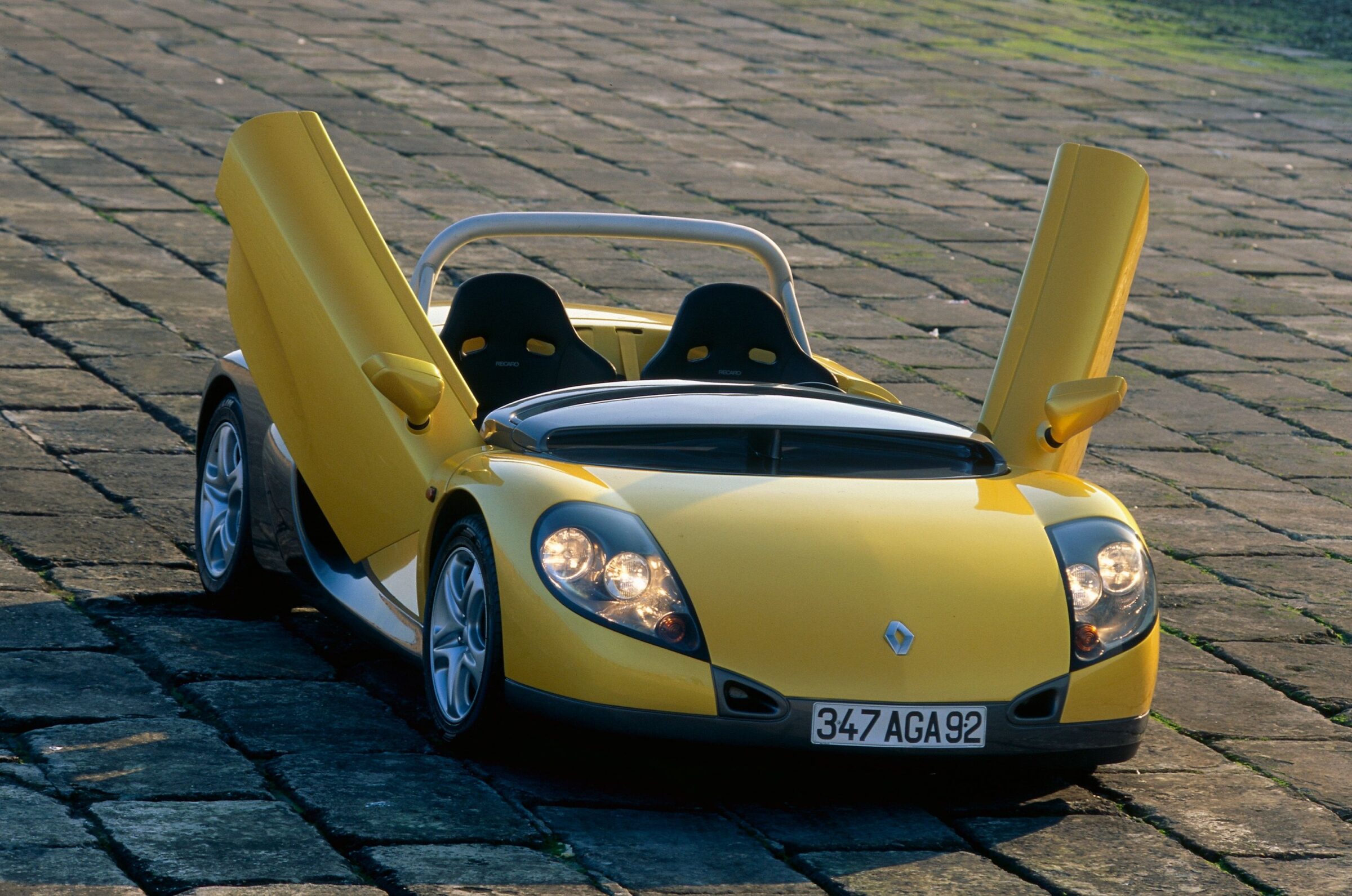Packard Hawk Coupé
Once upon a time there were a few more sonorous names in the American car business next to the Big Three (Chevrolet, Chrysler and Ford).While companies such as Cadillac or Dodge were eventually integrated into the corporations of the Big Three, others gradually disappeared from the market. Until shortly after World War 2, for example, there was the Packard brand. It was ounded in 1899 as Ohio Automobile Company by the brothers James Ward Packard and William Doud Packard, who had previously earned money with dynamos, lamps and cables. After a car of the now rather unknown brand Winton turned out as a big disappointment for J.W. Packard because of various errors, he and his brother quickly decided to enter the world of car production themselves. Within the first year, the brand name changed to Packard. From 1904 they also had another plant in Detroit, which was enlarged to more than three times of the original area within the next two years.
Through various innovations and the focus on luxury vehicles, which took place already in the period before World War 1, Packard gained an excellent reputation between the wars, which beyond the borders of the USA. Starting from 1929 they also offered standard bodies and custom bodies ex factory, but still also delivered chassis to external coachbuilders. The entry of the United States into the war after Pearl Harbor led to a three-year stop on civilian automobile production. Instead, aircraft engines were produced at Packard. After the war, they continued to build the pre-war model Clipper and concentrated the development work for new model series purely on the upper middle class. This left Cadillac without competition in the upper class, but Packard initially was able to record high sales figures. However, they voluntarily went down into the cutthroat competition of the middle class, which they ultimately lost due to a failed model policy and finally in 1954 they merged the company with Studebaker to Stufebaker-Packard Corporation, which was sold two years later to the Curtiss-Wright Group. That corporation immediately closed the Detroit factory and ordered Packard to produce re-badged Studebaker models in the Studebaker plant in South Bend/Indiana. This badge engineering found only a few customers and thus led to the cessation of the production in 1958.
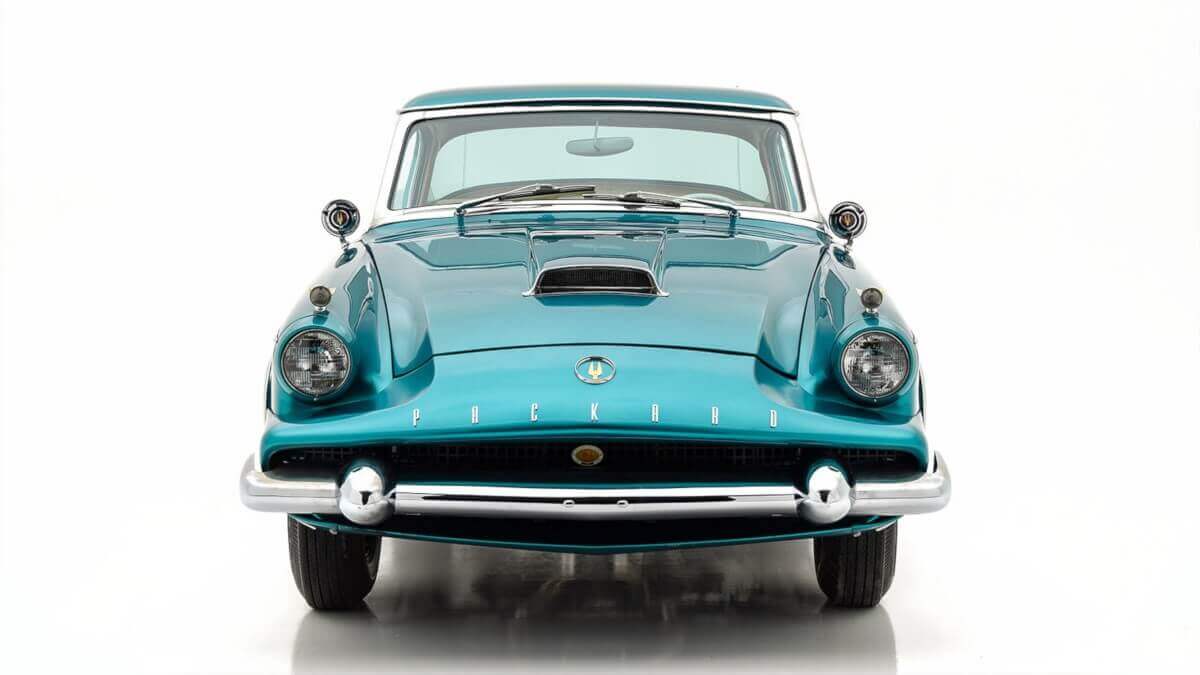

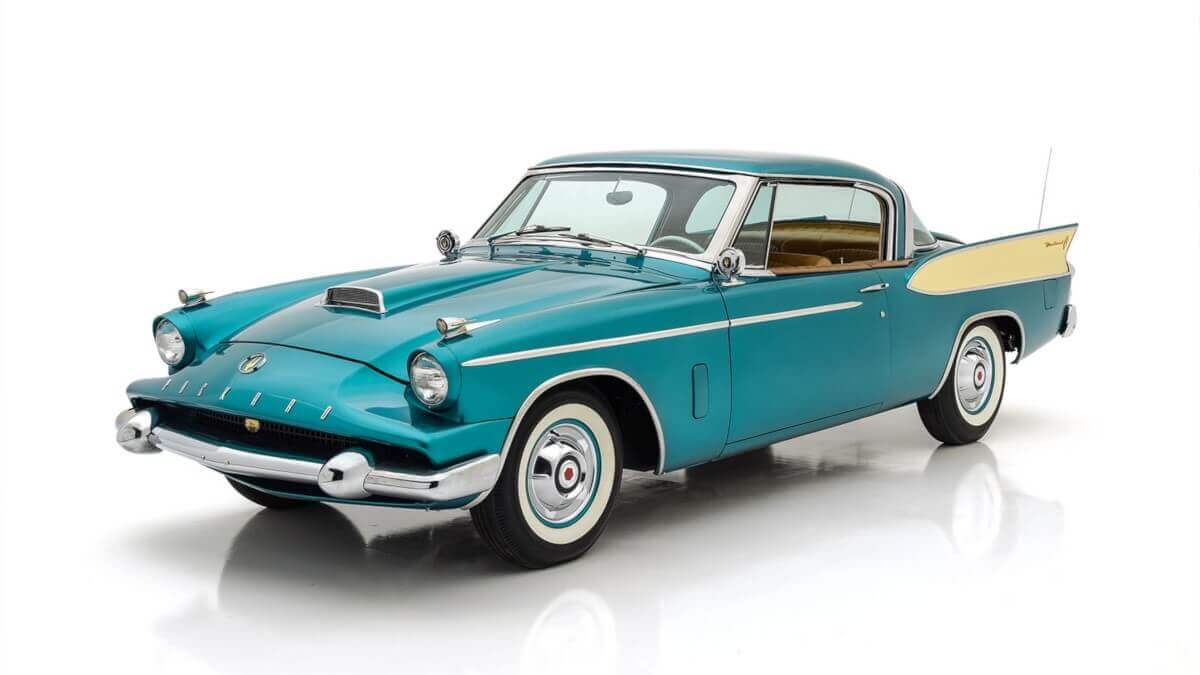

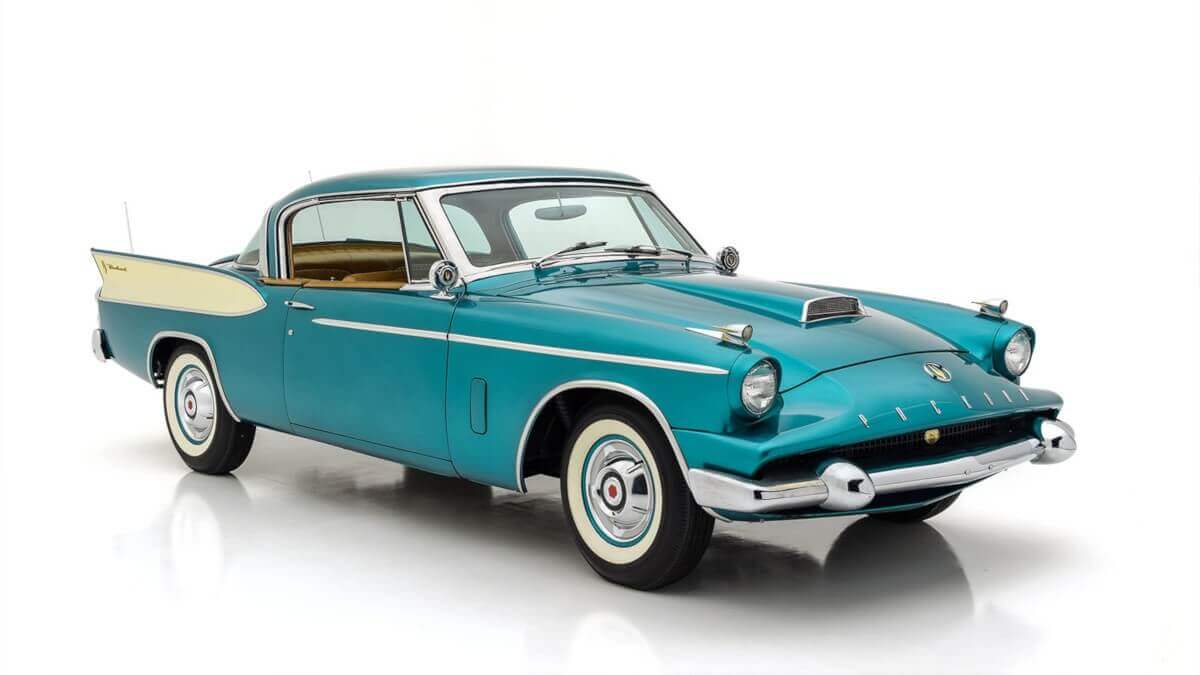



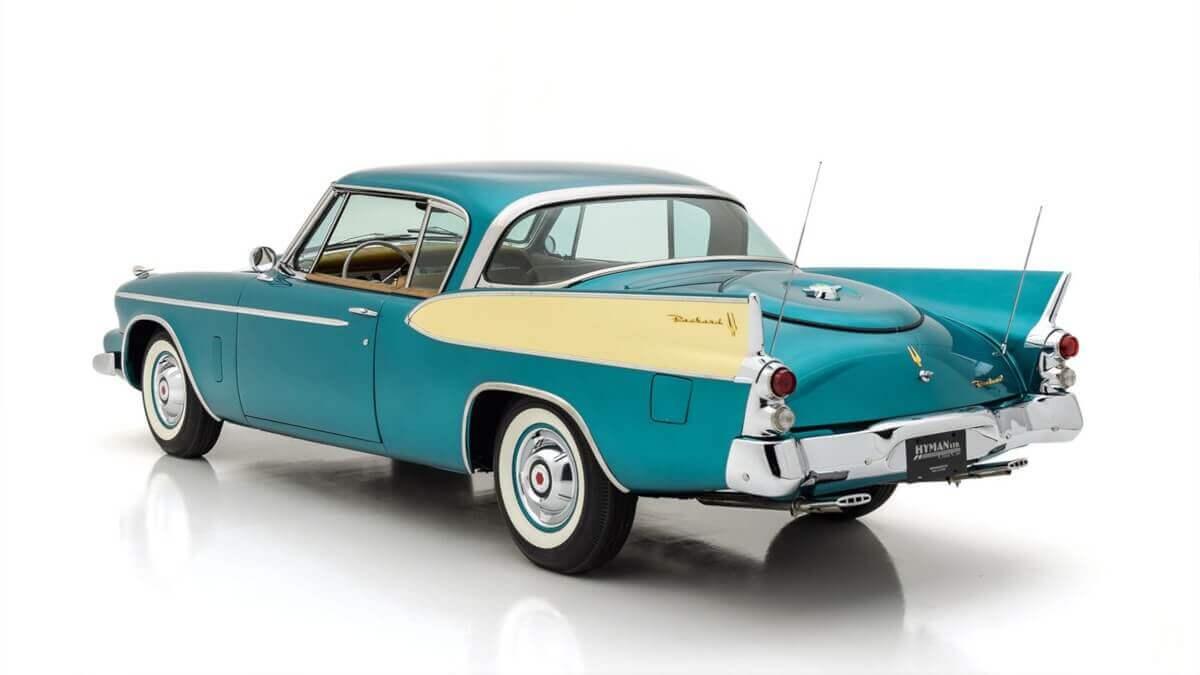

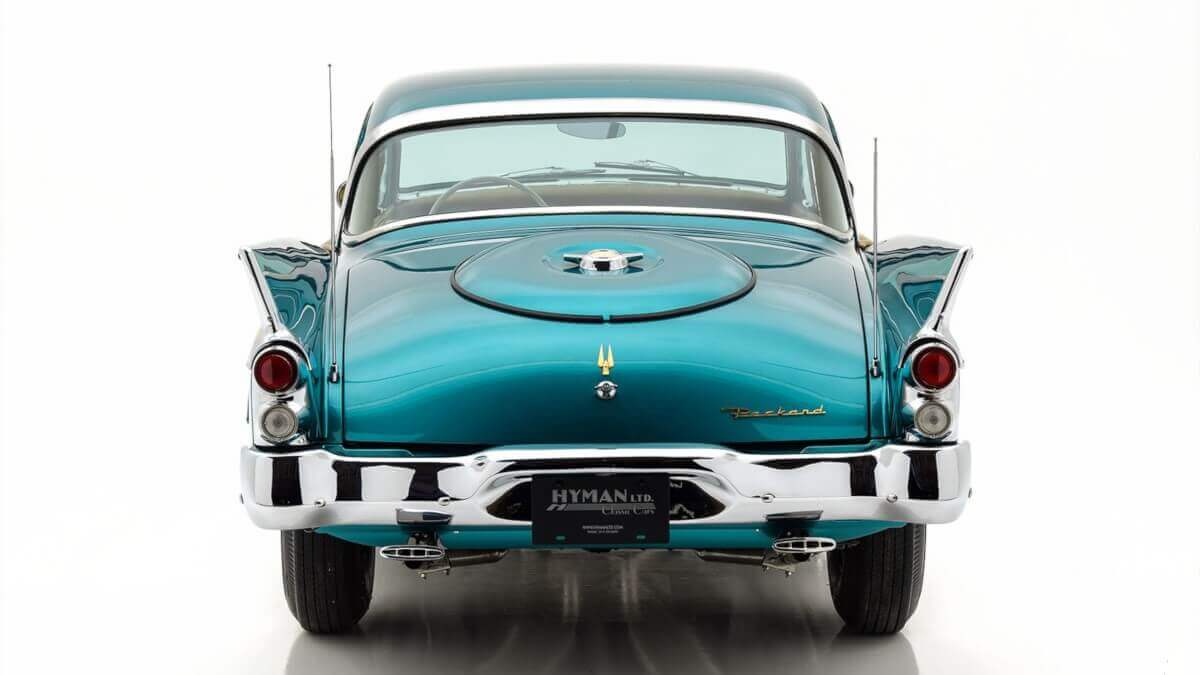





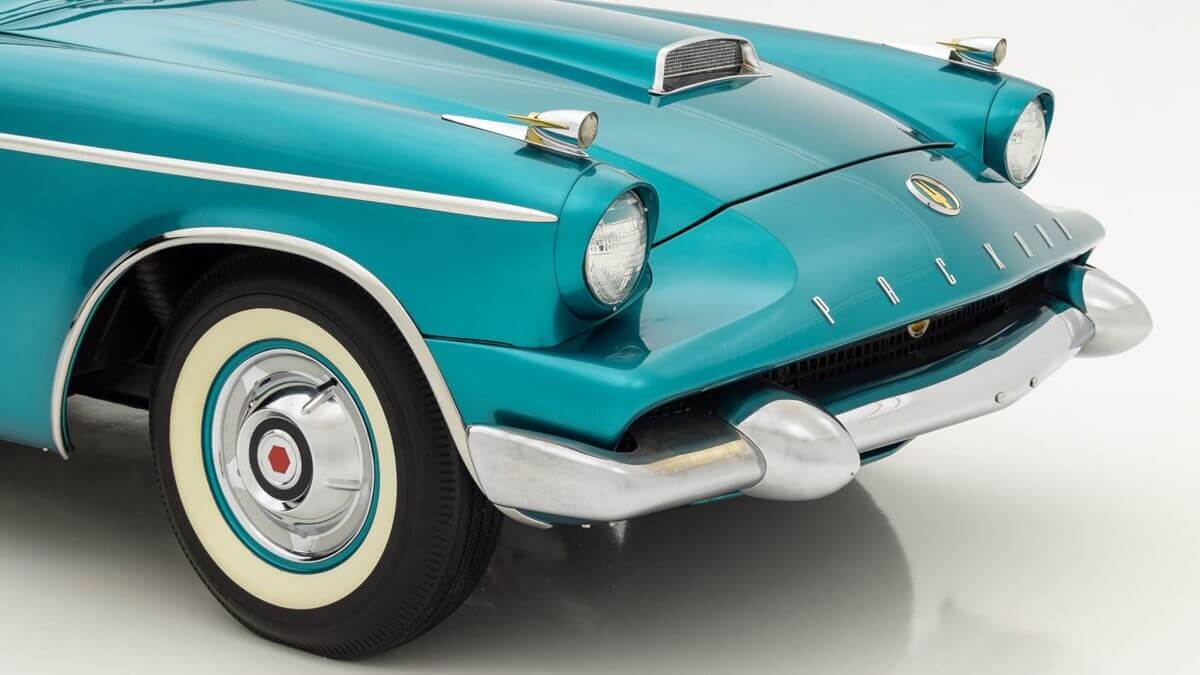

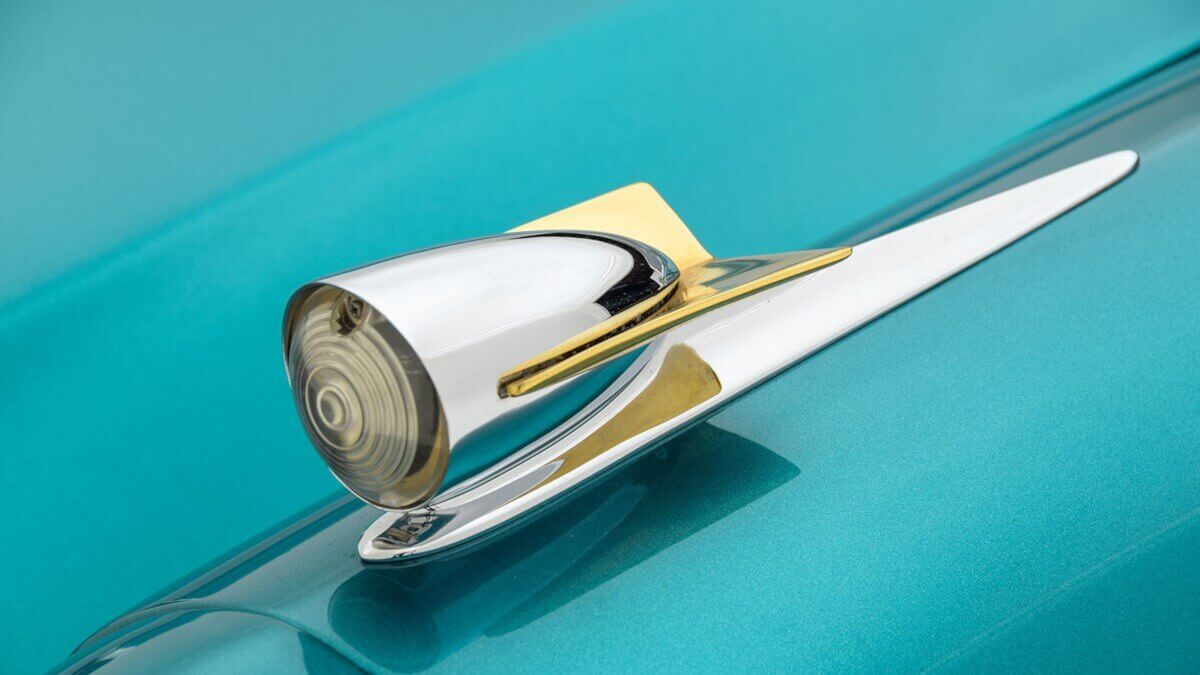

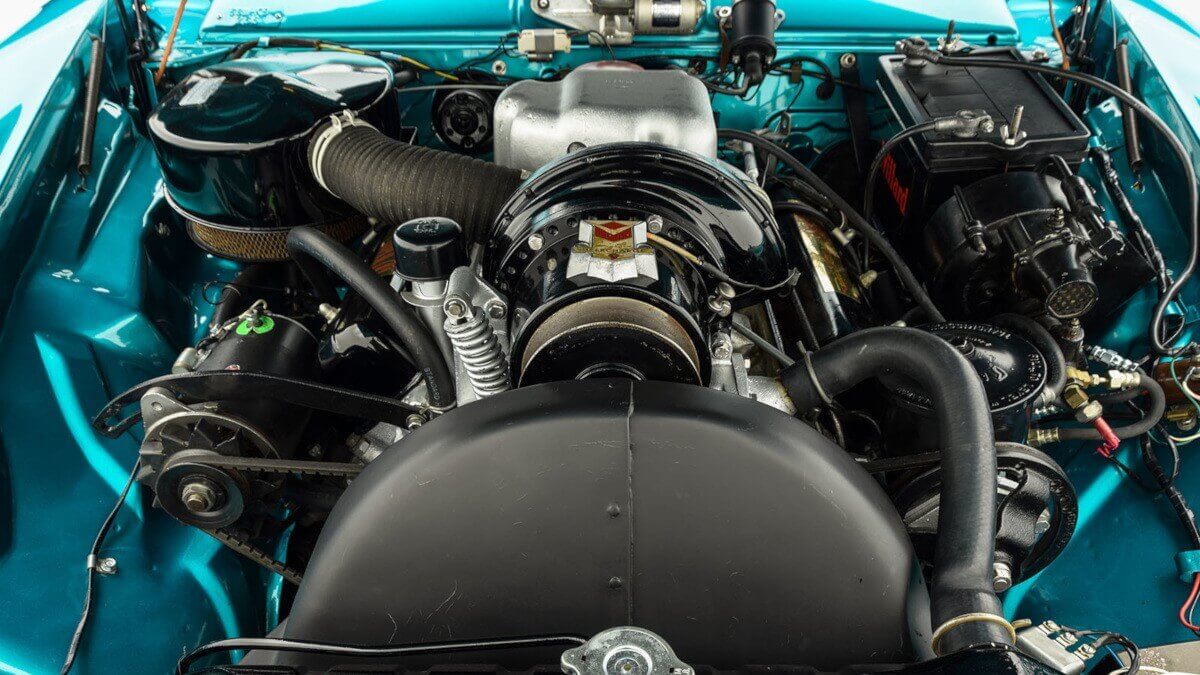













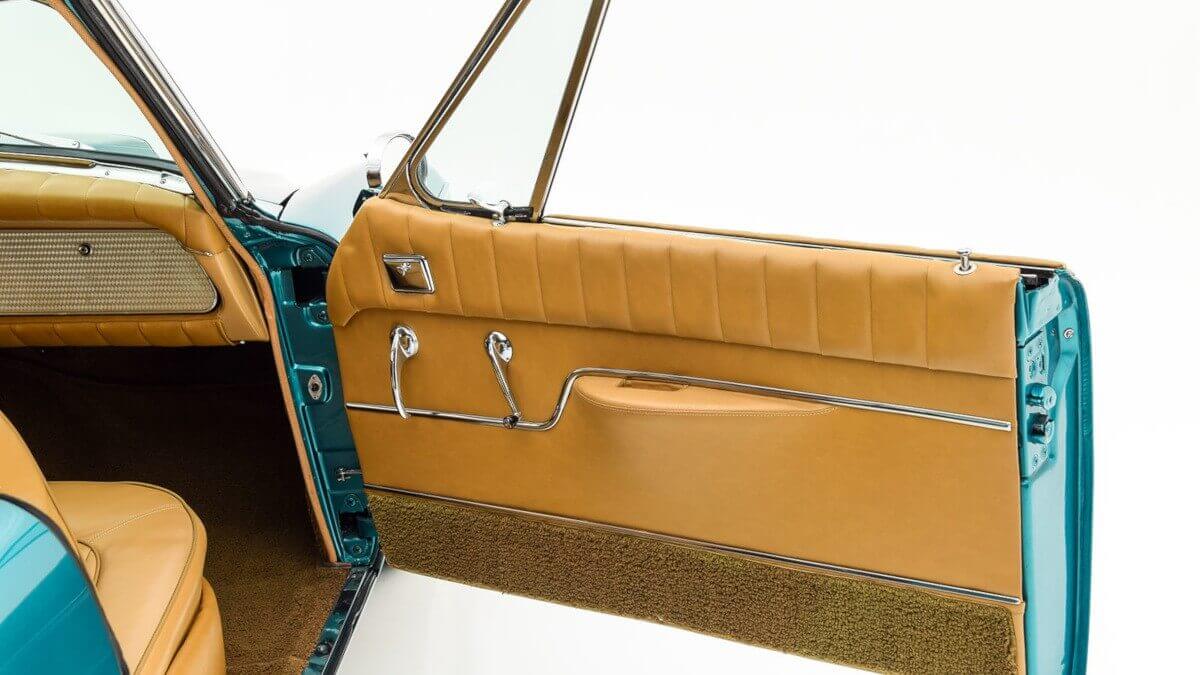

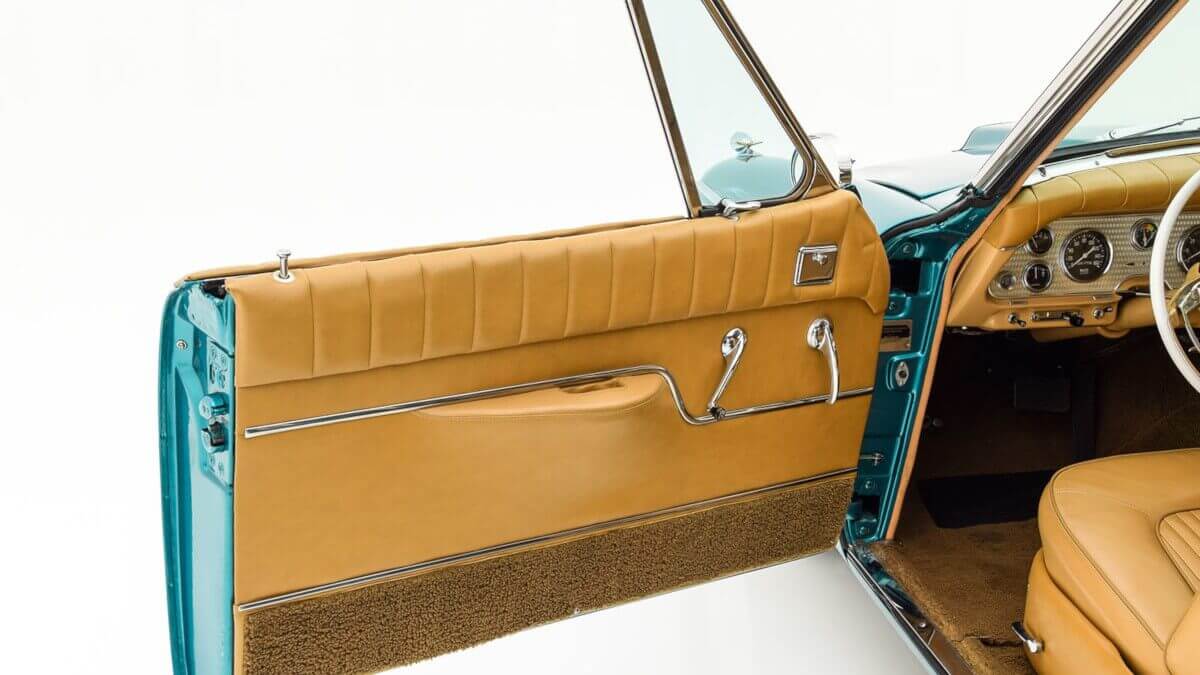

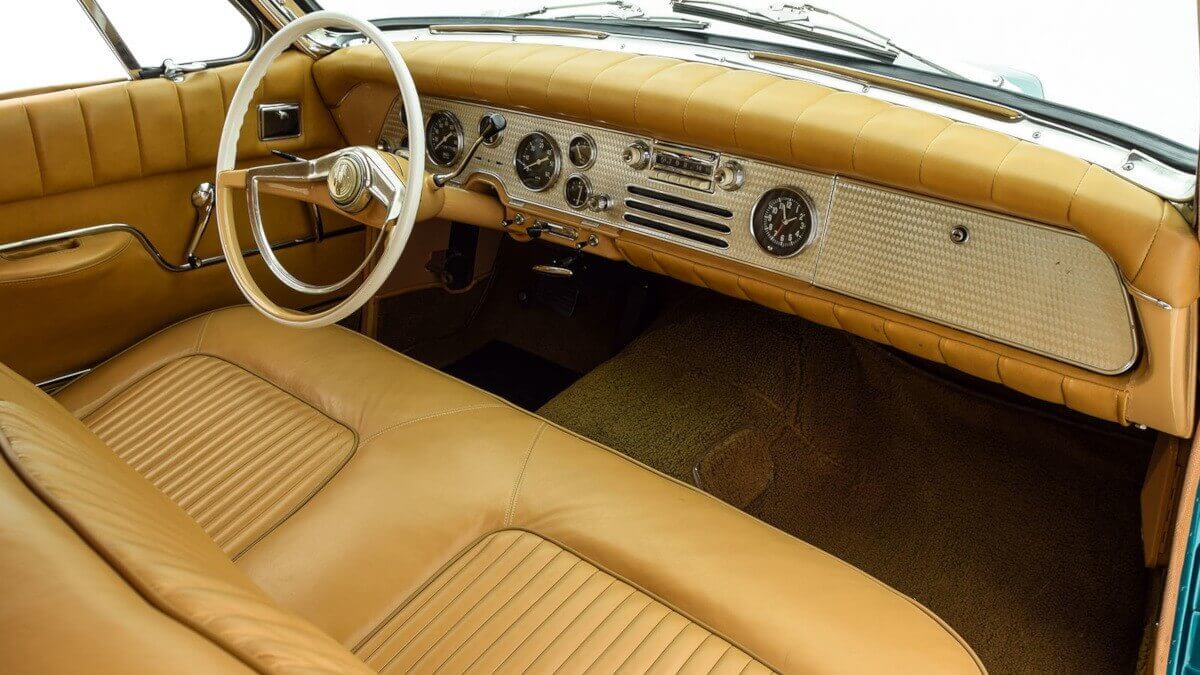

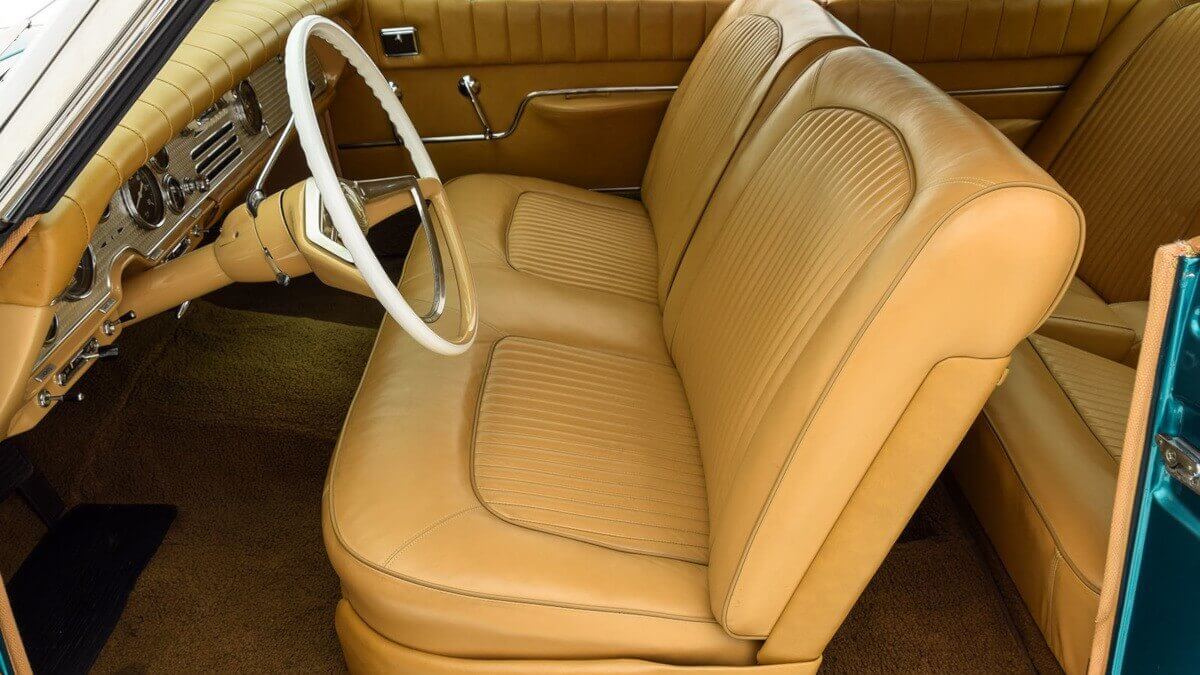







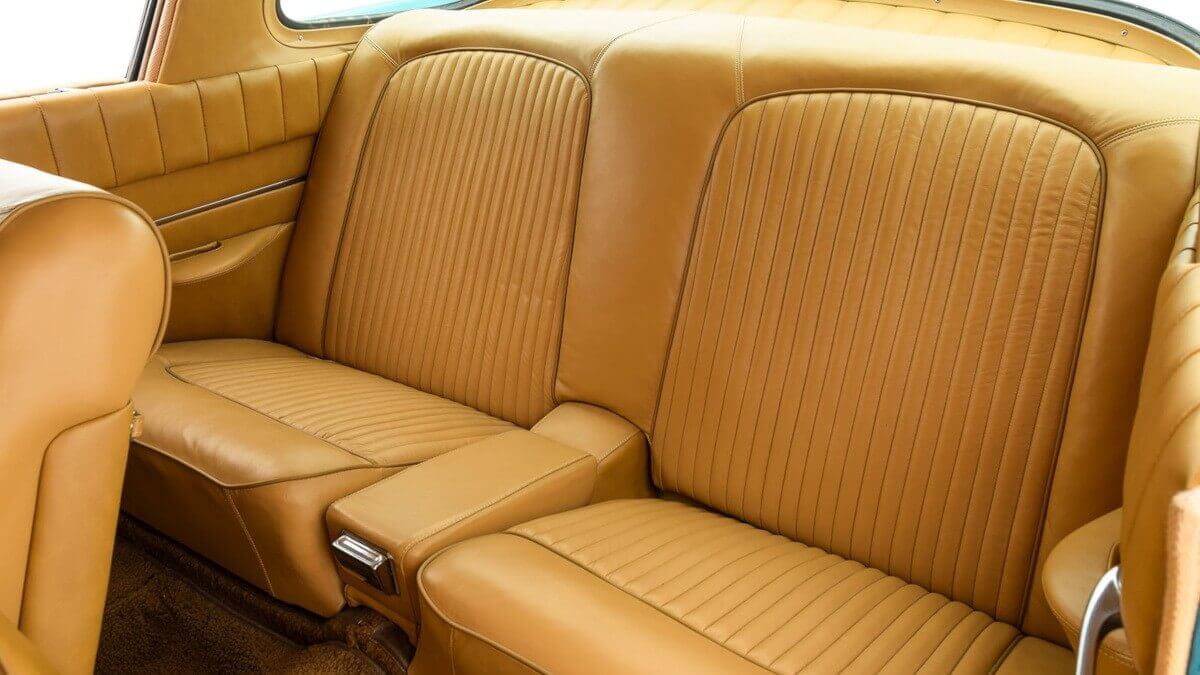







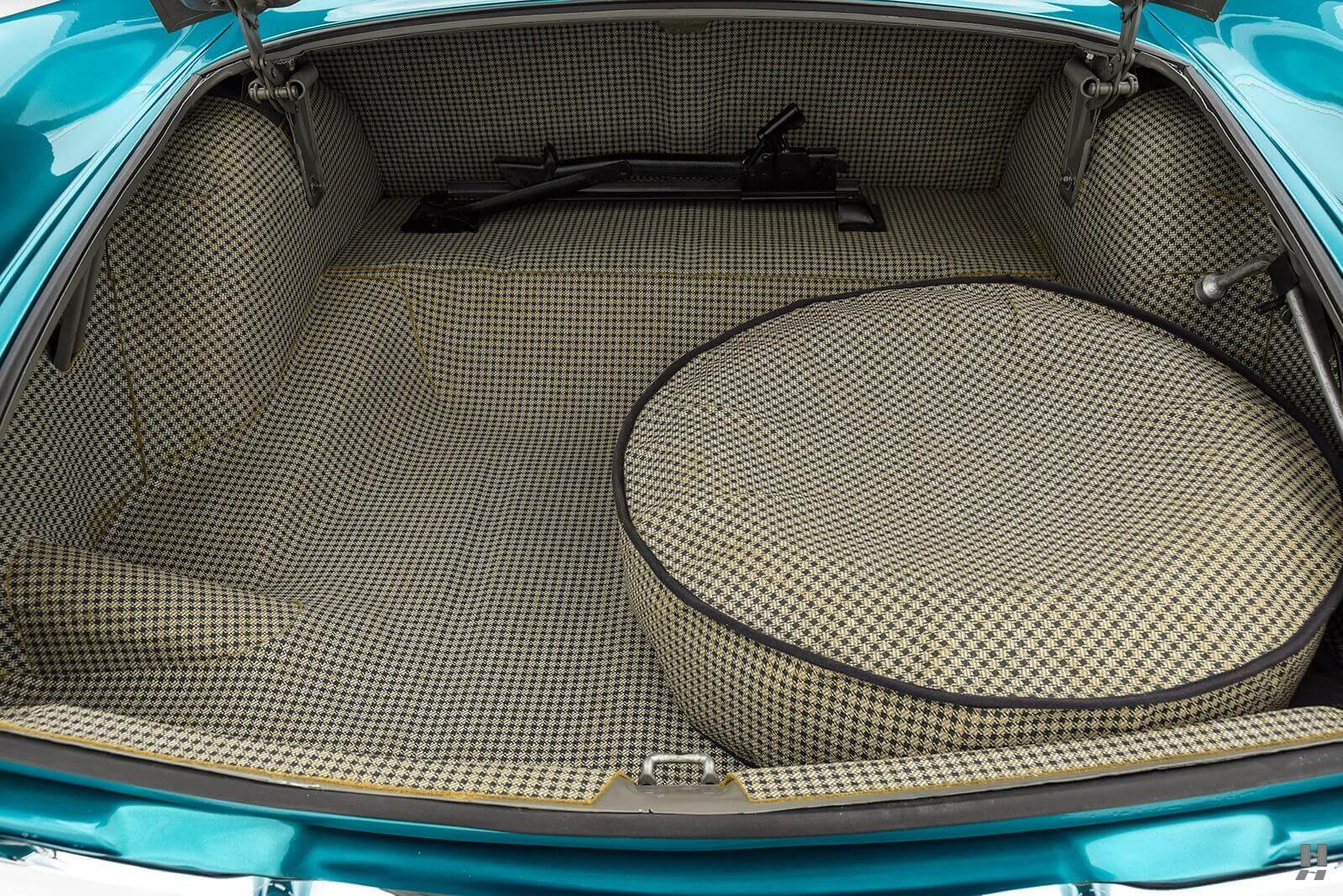

One of these final models was the Packard Hawk based on the Studebaker Golden Hawk. Its unusual and unsuccessful body design got a new front bumper and hood made of fiberglass and thus received a radiator grille in the form of a duckbill. In this one they also integrated a wide, chrome-plated bumper with horns. A spare tire dummy on the trunk lid is another hommage to the pre-war era. With a base price of $ 3,995 it was about $ 700 more expensive than the Studebaker Golden Hawk. Even the 4.7-liter V8 engine with McCullock supercharger, 202 kW/275 hp and 333 newtonmeters of torque in combination with a three-speed automatic couldn’t help to find more customers, although this engine made the Hawk faster than the Chevrolet Corvette C1 or the Ford Thunderbird of the time.
In total, only 588 copies of the Packard Hawk left the production line, of which one (number 266 built in 1958) is offered for sale at the classic car dealer Hyman Ltd. It comes from the possession of a longtime Packard collector and was extensively restored a few years ago, but then returned to its intended purpose: being driven. Nevertheless, the two-tone paint in ‘Mountain Blue’ and ‘Mylar Gold’ in combination with the chrome accents are presented in good condition. While the Hawk was delivered ex works with vinyl seat covers only, this vehicle received tan leather upholstery during restoration. Hyman demands a relatively modest price of just $ 79,500 for this classic car.
Images: Hyman Ltd


